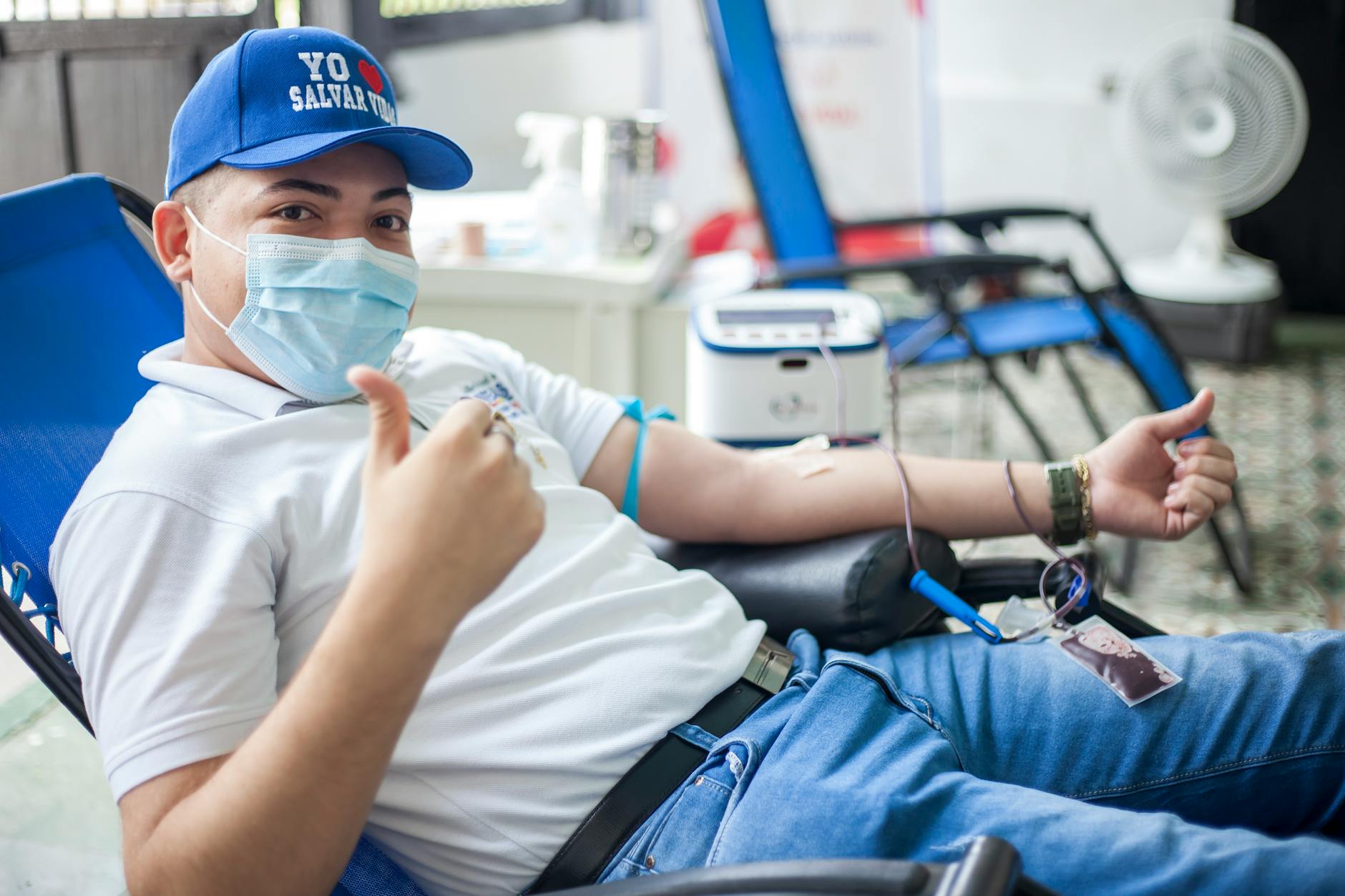
Blood Donation Awareness: Unlocking Benefits and Creating Community Impact
Introduction
Blood donation is a selfless act that holds the power to save lives and build stronger, healthier communities. This article sheds light on the numerous benefits of blood donation and its profound impact on the community, emphasizing the importance of raising awareness to encourage more individuals to become regular blood donors.
Understanding the Benefits of Blood Donation
- Lifesaving Potential
- Emergency Situations: Donated blood is a critical resource in emergencies, such as accidents, surgeries, and natural disasters.
- Medical Treatments: Individuals undergoing treatments like chemotherapy often rely on blood transfusions.
- Supporting Medical Procedures
- Surgeries: Many surgical procedures, from routine to complex, require a steady supply of blood.
- Cancer Treatments: Blood transfusions are vital for patients undergoing cancer treatments.
- Treatment of Blood Disorders
- Hemophilia: Individuals with hemophilia benefit from regular blood donations that provide clotting factors.
- Sickle Cell Anemia: Blood transfusions help manage complications in sickle cell anemia patients.
- Boosting Recovery
- Postpartum Recovery: New mothers experiencing complications during childbirth often require blood transfusions for a smoother recovery.
- Anemic Patients: Blood donation plays a role in replenishing iron levels for those with anemia.
Creating Community Impact through Blood Donation
- Community Health and Resilience
- Healthier Communities: Regular blood donation contributes to a healthier and more resilient community.
- Epidemic Preparedness: Adequate blood supplies are crucial for responding to potential epidemics and ensuring community health.
- Fostering a Culture of Giving
- Community Engagement: Blood donation events bring communities together, fostering a culture of giving and solidarity.
- Volunteerism: Blood donation relies on volunteers, creating opportunities for community members to actively contribute.
- Educational Initiatives
- Health Awareness: Blood donation campaigns raise awareness about the importance of maintaining a robust blood supply.
- Education on Blood Types: Campaigns can educate the public about different blood types and their significance.
- Building a Diverse Donor Base
- Inclusivity: Encouraging people from diverse backgrounds to donate ensures a varied and inclusive blood supply.
- Cultural Sensitivity: Tailoring awareness campaigns to different cultural groups promotes understanding and participation.
Raising Blood Donation Awareness
- Social Media Campaigns
- Engaging Content: Create compelling content for social media platforms to reach a wider audience.
- Hashtags and Challenges: Utilize popular hashtags and challenges to encourage user participation and sharing.
- Community Events and Partnerships
- Collaborations: Partner with local businesses, schools, and community organizations to host blood donation drives.
- Event Presence: Attend community events to provide information and encourage potential donors.
- Educational Workshops
- School Programs: Conduct workshops in schools to educate students about the importance of blood donation.
- Workplace Seminars: Engage with workplaces to organize informative sessions for employees.
- Recognition and Incentives
- Donor Recognition: Acknowledge and celebrate regular donors, creating a sense of pride and accomplishment.
- Incentive Programs: Introduce incentives, such as certificates or small rewards, to encourage new donors.
Measuring Impact and Celebrating Success
- Donor Participation Rates
- Tracking Numbers: Monitor the number of donors participating in blood donation campaigns.
- Demographic Data: Analyze demographic data to ensure inclusivity.
- Community Engagement
- Event Attendance: Measure attendance at community events and workshops.
- Social Media Metrics: Evaluate the reach and engagement of online awareness campaigns.
- Health Outcomes
- Blood Supply Levels: Assess the impact on local blood supply levels.
- Patient Stories: Share success stories of individuals whose lives were positively affected by blood donations.
Sustaining the Momentum
- Continuous Awareness Efforts
- Year-Round Campaigns: Promote blood donation awareness consistently throughout the year.
- Seasonal Themes: Align campaigns with seasons or events to keep them fresh and relevant.
- Collaborative Efforts
- National and Global Collaboration: Collaborate with national and global organizations to amplify the impact of awareness campaigns.
- Government Support: Seek support from local governments to enhance the reach and effectiveness of initiatives.
- Harnessing Technology
- Mobile Apps: Develop mobile apps to facilitate easy donor registration and appointment scheduling.
- Digital Platforms: Utilize digital platforms for real-time updates and communication with donors.
Conclusion
Blood donation awareness is not merely a campaign; it’s a continuous effort to save lives and strengthen communities. By understanding the benefits of blood donation, recognizing its profound impact on community health, and implementing effective awareness strategies, we can create a culture where blood donation becomes a regular and celebrated contribution to the well-being of society.
Safety Training Program Evaluation: Measuring Effectiveness and Impact
Psychosocial Risk Assessment in the Workplace: Addressing Mental Health Concerns
Root Cause Analysis (RCA): Identifying and Addressing Underlying Causes of Safety Incidents
Risk Assessment and Hazard Identification: A Key Responsibility for Safety Officers
Personal Protective Equipment (PPE): Selection, Usage, and Maintenance for Safety Officers
Frequently Asked Questions (FAQs)
- Why is blood donation important?
- Blood donation is crucial for saving lives in emergencies, supporting medical treatments, and managing various health conditions.
- How does blood donation impact the community?
- Blood donation contributes to community health and resilience, fosters a culture of giving, supports educational initiatives, and builds a diverse donor base.
- How can awareness for blood donation be raised?
- Awareness can be raised through social media campaigns, community events, educational workshops, and recognition and incentive programs.
- What are some ways to measure the impact of blood donation awareness campaigns?
- Impact can be measured through donor participation rates, community engagement metrics, and assessing the impact on blood supply levels and health outcomes.
- How can the momentum for blood donation awareness be sustained?
- Sustaining the momentum involves continuous awareness efforts, collaborative initiatives, and harnessing technology for easy donor engagement and communication.
























